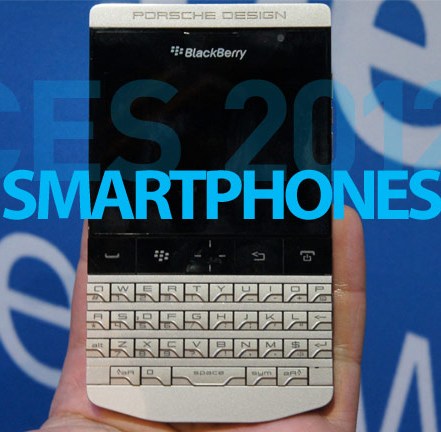  New smartphones users in high growth markets like India, Russia and Brazil are getting fascinated by mobile apps. This is one of the chief reasons for high demands for smartphones in these country, according to Ericsson ConsumerLab’s Emerging App Culture report.
"Apart from the desire for better or faster internet access, the main reason for buying a smartphone is to gain access to mobile apps” the report said
The report draws a parallel between these markets and the US and says that research conducted in the high-growth markets of Russia, India and Brazil, and reveals that new smartphone users embrace apps at the same pace as mature users.
"The app culture emerging in these high-growth markets reflects a trend similar to that in the US and other parts of the developed world. Apps are no longer only for early adopters.
Although mature users use their apps more frequently than new users of smartphones, we see a general evolution toward new users purchasing increasingly specialized apps, such as those for dating services and price comparison, from the moment they get their smartphones. Usage of these specialized apps is almost as high among new users as it is among mature users”, said Jasmeet Singh Sethi, Senior Specialist, Ericsson ConsumerLab.
The report reveals that mobile apps are used differently across the three markets, with Indian smartphone users more interested in downloading personalization apps, such as screen savers, live wallpapers/themes and third party browsers apart from social media apps and games.
On the other hand Russians put their smartphones to more utilitarian use and used apps that benefit the flow of their everyday lives, such as those for navigation and maps, shopping comparisons, barcode scanners, translators, dictionaries and so on, while the Brazilians used apps that enhanced their social interactions.
In addition, 69 percent of smartphone users in the survey accessed internet using apps on a daily basis and 20 percent used data intensive services like video, TV, maps or navigation apps daily.
The top 10 activities performed by consumers who have recently purchased a smartphone, starting with the most popular, are: check in to locations, use maps for navigation or traffic info, watch internet TV, watch movies, play online games, watch streaming video, play games on social networking sites, watch live news, use Twitter, and read/write blogs.
For consumers, being connected and having access to tools and services is what matters. They make little distinction between having a smartphone and the apps they use in it.
The report reveals that mobile apps are used differently across the three markets, with Indian smartphone users more interested in downloading personalization apps, such as screen savers, live wallpapers/themes and third party browsers apart from social media apps and games.
On the other hand Russians put their smartphones to more utilitarian use and used apps that benefit the flow of their everyday lives, such as those for navigation and maps, shopping comparisons, barcode scanners, translators, dictionaries and so on, while the Brazilians used apps that enhanced their social interactions.
Some app usage characteristics differ compared to mature markets. Two out of five users rarely or never visit an official app marketplace and instead download apps from third party sites and forums. Around half of the users downloaded apps on PC first and then transferred them to smartphone’s to save on data limits.
In terms of respondents’ daily app usage, 49 percent reported using apps for social networking, 39 percent for chat, 31 percent for weather forecasts, 26 percent for news, 20 percent for maps, GPS and navigation, and 12 percent for ti |